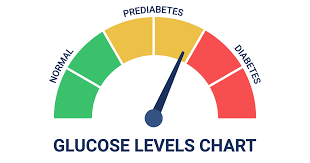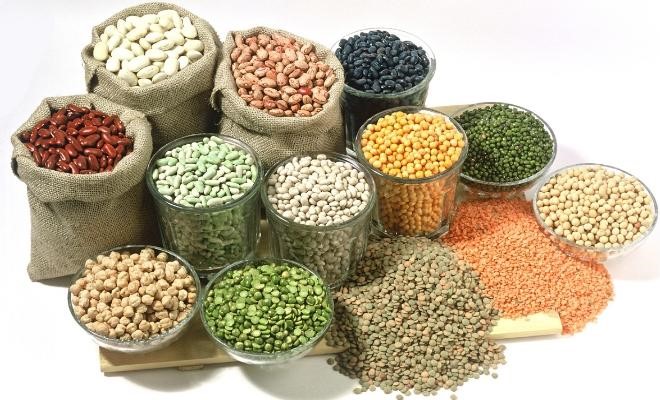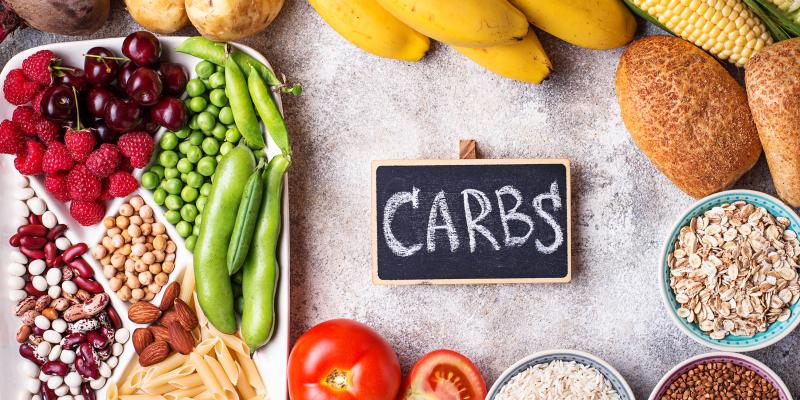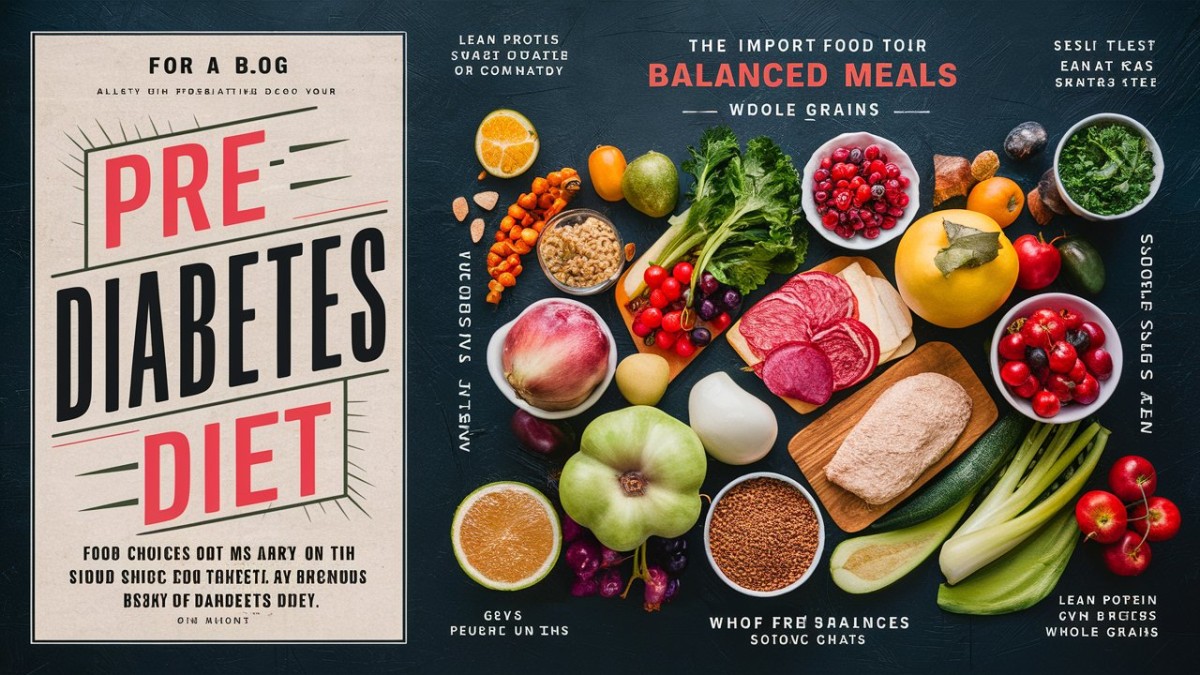“An ounce of prevention is worth a pound of cure."
Benjamin Franklin
Are you having the symptoms of diabetes, but have not yet been diagnosed with type-2 diabetes?
Then it must be pre-diabetes!
Pre-diabetes?
Yes, pre-diabetes has all the symptoms of diabetes but it is not yet classified as type-2 diabetes.
How to manage pre-diabetes?
As said by Benjamin Franklin you can manage with a pound of cure that is diet can support you best to come out of this, with a healthy eating pattern you can say goodbye to pre-diabetes. In this blog, we will be making it simple for you to understand what type of diet can help you manage the condition of pre-diabetes.
A brief insight into pre-diabetes:
 Before directly stepping into the diet let’s first understand the condition of pre-diabetes, pre-diabetes is a condition where the blood sugar levels are higher than normal, but it is not yet diagnosed or classified as type-2 diabetes. This condition is seen when your body does not process enough amount of glucose which is the main source of energy. Also, insulin resistance can be a cause of prediabetes where the cells in your body do not respond properly to insulin(to combine with glucose for energy expenditure).
Before directly stepping into the diet let’s first understand the condition of pre-diabetes, pre-diabetes is a condition where the blood sugar levels are higher than normal, but it is not yet diagnosed or classified as type-2 diabetes. This condition is seen when your body does not process enough amount of glucose which is the main source of energy. Also, insulin resistance can be a cause of prediabetes where the cells in your body do not respond properly to insulin(to combine with glucose for energy expenditure).
According to the Centers for Disease Control and Prevention (CDC), more than 98 million American adults i.e, approximately 1 out of every 3 people have prediabetes. However, more than 84% of people are not aware of their condition early identification, and starting with the management strategies can best help you to manage without having the risk of type-2 diabetes.
There are a few risk factors that can lead to type-2 diabetes such as:
Weight: Being overweight is a significant risk factor.
Age: People who are aged above 45 are known to have higher risk of diabetes.
Family History: A family history of type 2 diabetes increases your risk.
Inactivity: Physical inactivity contributes to insulin resistance.
Diet: A diet high in processed foods, sugars, and unhealthy fats can increase the risk.
Other Health Conditions: Conditions like high blood pressure and high cholesterol are linked to an increased risk of prediabetes.
Beyond the plate: Managing pre-diabetes with diet
Whole grains:
 While following a healthy diet you need to include whole grains as refined grains are reported to be losing the original nutrient and fiber content from themselves. So you can include whole grains either for your lunch or dinner. Whole grains contain complex carbohydrates that digest slowly which are highly essential for stable blood sugar levels.
While following a healthy diet you need to include whole grains as refined grains are reported to be losing the original nutrient and fiber content from themselves. So you can include whole grains either for your lunch or dinner. Whole grains contain complex carbohydrates that digest slowly which are highly essential for stable blood sugar levels.
Also, whole grains contain all the essential nutrients and fiber that are necessary for the digestion process to keep you feeling full for a longer period.
Fresh Fruits and Vegetables:
Fresh fruits and vegetables are rich sources of vitamins, minerals, and antioxidants that are crucial for overall health. They are low in calories and high in fiber, helping to regulate blood sugar levels and prevent spikes.
Nuts & Seeds:
We all have a basic idea that nuts and seeds are healthy fats, proteins, and fiber that play a crucial role in improving insulin sensitivity(which is a must to manage pre-diabetes), reducing inflammation, and providing sustained energy without causing spikes in blood sugar.
Protein:
 This will be known by all the muscle builders over there because protein helps maintain muscle mass, especially important when losing weight. Also, protein can support satiety and reduce your overall calorie intake by stabilizing your blood sugar levels via slowing down the absorption of carbohydrates.
This will be known by all the muscle builders over there because protein helps maintain muscle mass, especially important when losing weight. Also, protein can support satiety and reduce your overall calorie intake by stabilizing your blood sugar levels via slowing down the absorption of carbohydrates.
Glycemic Index:
In recent days glycemic index has become quite popular as most people prefer foods that have a low glycemic index(it measures how quickly one food raises blood sugars). People with pre-diabetes should prefer foods that have a low glycemic index as they help to increase insulin and blood sugar levels to keep you energetic throughout the day.
Fiber-rich Foods:
The next food group that is a must in a pre-diabetic diet is fiber-rich foods because they support the digestion process and absorption of carbohydrates, and mainly they prevent rapid spikes in blood sugar levels.
Carbohydrates:
 As discussed earlier complex carbohydrates play a key role in managing prediabetes as they provide all the necessary energy for our daily activities and prevent spikes in blood sugars. Also as weight is a risk factor in managing diabetes, you can lose weight by including complex carbohydrates into your diet.
As discussed earlier complex carbohydrates play a key role in managing prediabetes as they provide all the necessary energy for our daily activities and prevent spikes in blood sugars. Also as weight is a risk factor in managing diabetes, you can lose weight by including complex carbohydrates into your diet.
Avoid starchy vegetables:
Starchy vegetables, such as potatoes and corn, have a higher glycemic index and can cause rapid increases in blood sugar levels. Limiting these in a prediabetes diet helps maintain more stable blood sugar levels.
Avoid sugary drinks & refined sugars:
 Diabetes itself is due to increased sugar levels, so do avoid sugary drinks as they are high in added sugars aren't at all nutritious, and can cause rapid spikes in blood sugar levels contributing to weight gain.
Diabetes itself is due to increased sugar levels, so do avoid sugary drinks as they are high in added sugars aren't at all nutritious, and can cause rapid spikes in blood sugar levels contributing to weight gain.
Added sugars or refined sugars are found in most of the processed foods that you consume regularly. They are known to increase your calorie intake without providing any essential nutrients. Reducing added sugars helps prevent blood sugar spikes and supports weight management.
Avoid skipping breakfast:
In today’s world of busy schedules skipping breakfast is one of the common habits of people. However, it can lead to overeating later in the day and cause fluctuations in blood sugar levels. A balanced breakfast helps maintain stable blood sugar levels and provides energy to kick-start your day.
Food list to avoid and include while following a pre-diabetes diet:
Category |
Foods to Avoid |
Foods to Include |
| Carbohydrates | White rice, white bread, naan, paratha, regular pasta, sugary cereals | Brown rice, whole wheat bread, oats, whole grain pasta, millets such as jowar, bajra |
| Fruits | Mangoes, bananas, grapes, pineapple, watermelon | Apples, pears, berries, oranges, kiwis, papaya, guava |
| Vegetables | Potato, sweet corn, pumpkin (in large amounts) | Leafy greens (spinach, kale), broccoli, cauliflower, bell peppers, tomatoes |
| Dairy Products | Full-fat milk, full-fat yogurt, cream, cheese | Low-fat or skim milk, low-fat yogurt, paneer (homemade), cottage cheese |
| Proteins | Processed meats (sausage, salami), fried meats | Skinless chicken, fish, tofu, legumes (lentils, chickpeas), beans |
| Snacks | Packaged chips, biscuits, samosas, kachoris, fried snacks | Nuts (almonds, walnuts), seeds (chia, flaxseed), roasted chickpeas, popcorn |
| Sugars & Sweets | White sugar, jaggery, honey, Pastries, sweets (ex:gulab jamun, jalebi) | Natural sweeteners (stevia), unsweetened yogurt, fresh fruit in moderation |
| Beverages | Soft drinks, energy drinks, sweetened fruit juices, alcohol | Water, herbal teas, green tea, unsweetened almond milk |
| Grains & Flours | Refined flour (maida), white bread, white rice | Whole wheat flour, buckwheat flour, barley, quinoa |
| Oils & Fats | Refined oils (vegetable oil, sunflower oil), Trans fats, Ghee | Olive oil, coconut oil, mustard oil, avocado oil |
| Condiments & Sauces | Sweet sauces (ketchup, sweet chili sauce), soy sauce with added sugar | Homemade tomato sauce, vinegar, low-sodium soy sauce, spices can be used |
You can also check out more on healthy diet.
The bottom line:
A basic understanding of the pre-diabetes diet is the key to preventing the risk of having type-2 diabetes. So as you have got to know the key foods to include and avoid in a pre-diabetic diet make necessary adjustments and have a diet plan under the guidance of your dietitian and have a healthy diabetic-free life!

